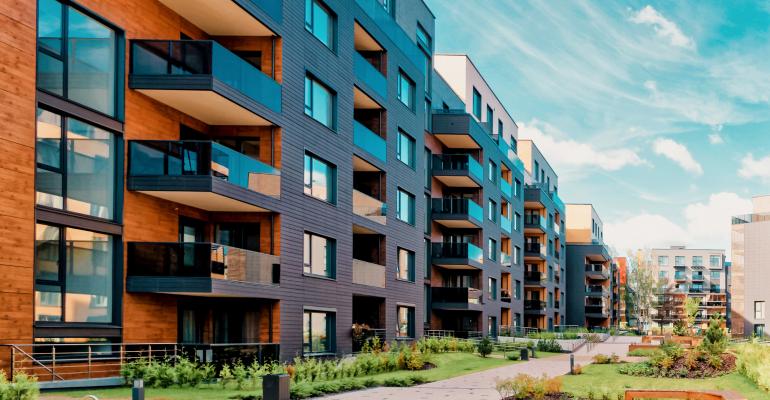Confidence in the apartment outlook is still positive, but distinctly more muted in the second half survey. Nearly half (48 percent) expect values to rise over the next 12 months with an average increase of 5.1 percent. Those results mark a sizable shift compared to past surveys where an overwhelming majority predicted rising values. In fact, the 48 percent is the lowest level in the past decade of survey results. One-third of investors think values will remain stable in the coming year, while 19 percent anticipate a decline.
Government policies will continue to play an important role in the housing outlook. While stimulus such as expanded unemployment benefits played an important role in supporting tenant’s ability to pay their rent, moratoriums on evictions have created increasing rent collection headwinds in several regions. According to Marcus & Millichap, multifamily vacancies rose 30 basis points to 4.7 percent in second quarter, while annual rent growth remained marginally positive at 1.0 percent. “Rent collections for multifamily have been very good at close to 95 percent through the initial stages of the health crisis, but a critical piece of that has been the government stimulus package,” says John S. Sebree, senior vice president, national director of the National Multi Housing Group at Marcus & Millichap. That stimulus, and whether or not it will be replaced with a new aid package, is an enormous variable that could influence the near-term outlook, he adds.

More apartment investors (46 percent) think it is a better time to hold assets. However, it is significant that 42 percent still consider it a good time to buy. That percentage held firm compared to the first half survey results and it also reflects the highest level who favor buying since 2013. Those who believe it is a better time to sell are in the minority at 12 percent. “It is a perception of strength for the sector over the long term, in part because there is still a macro-level housing shortage. In addition, the bulk of the millennial generation is still in their prime-renting years,” says Sebree.


